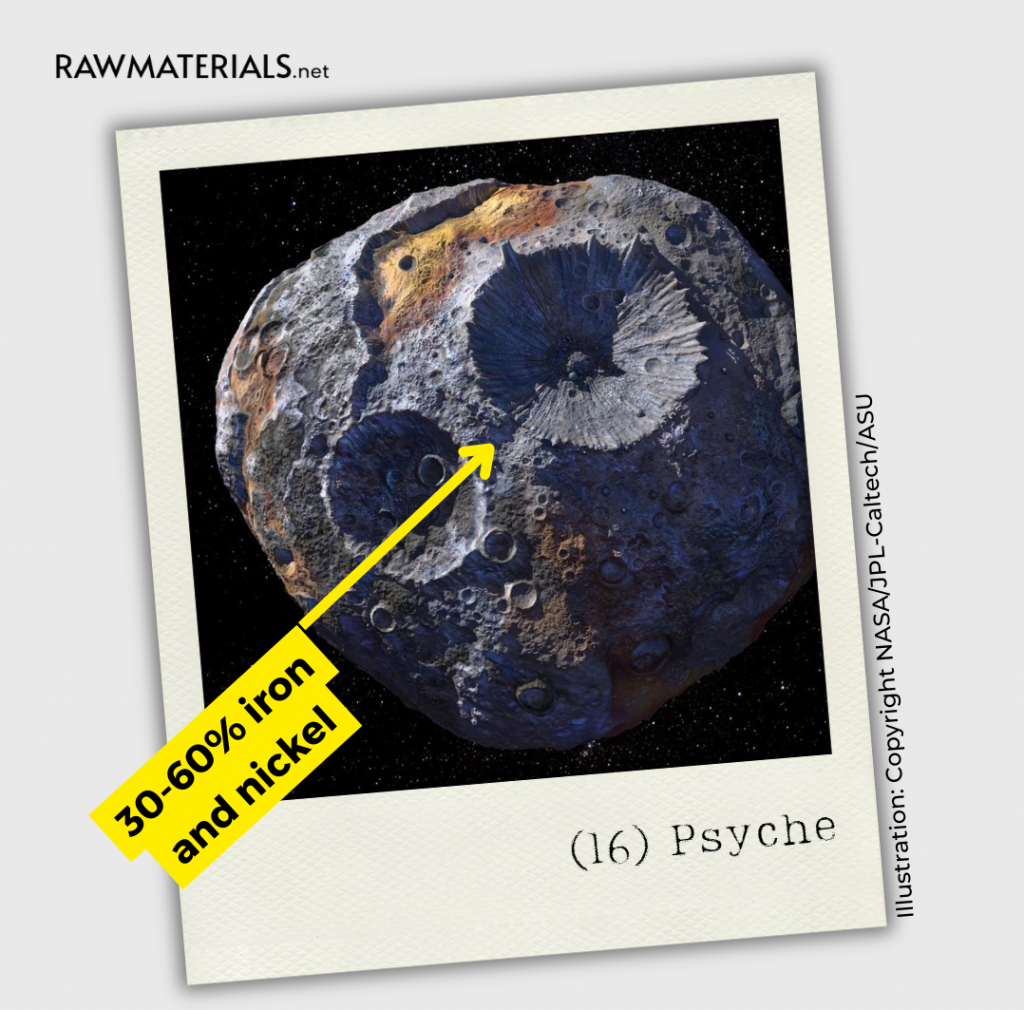A germanium-based gamma-ray detector will help in NASA’s mission to asteroid Psyche.
NASA successfully launched its Psyche spacecraft to the eponymous asteroid Psyche on Friday. Mirion, a company specializing in radiation safety solutions, has published a statement detailing its contribution to the mission. The company has provided a high-purity germanium gamma-ray detector to detect and measure Psyche’s metallic composition.
David Lawrence, scientist at Johns Hopkins University and Psyche GRNS Investigation Lead, explains the science behind the gamma rays and the detector: Gamma-rays are released when galactic cosmic rays, or high-speed protons, collide with the planetary surface and disintegrate atoms into neutrons and gamma-rays. Gamma rays of different elements have different energies, which Lawrence compares to a fingerprint. This enables the researchers to distinguish between specific elements. The amount of individual gamma-rays detected then indicates the amount of a given element in the asteroid.
Journey to a Metallic World
The asteroid’s full name is (16) Psyche. The number 16 in this context means that Psyche is the sixteenth minor planet discovered. According to NASA observations, the celestial body, which lies in the asteroid belt between Mars and Jupiter, consists of up to 60 percent nickel and iron. Finding out the exact composition is part of the nearly $960 million program, which is also expected to yield important insights into the formation of the planets. According to one theory, Psyche could be a planetesimal, a building block, or a precursor to a planet. The mission is NASA’s first to an asteroid composed mostly of metals and could provide groundwork for future space mining.

Not the First Time Researchers Are Tapping Germanium.
Germanium gamma- and x-ray detectors have been used at least since the 1960s. However, detectors are not the only field in space where the technology metal finds usage. For example, as part of NASA’s mission to Jupiter’s moon Europa, researchers at the Georgia Institute of Technology (GT) are developing a suitable electronic infrastructure to pierce the ice and explore the ocean below. An alloy of germanium and silicon is part of this infrastructure because it can withstand high radiation levels and remain functional at low temperatures.
Photo: iStock/Nazarii Neshcherenskyi

